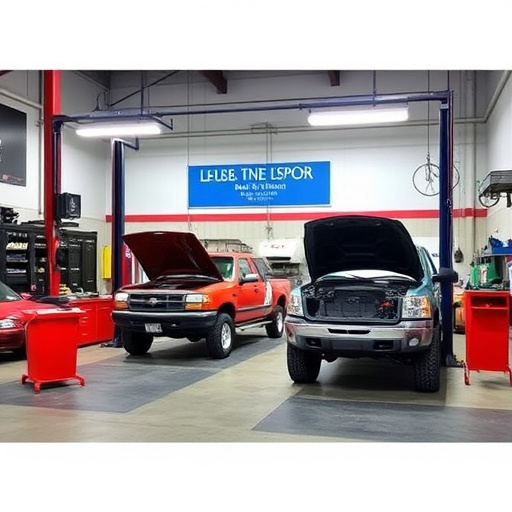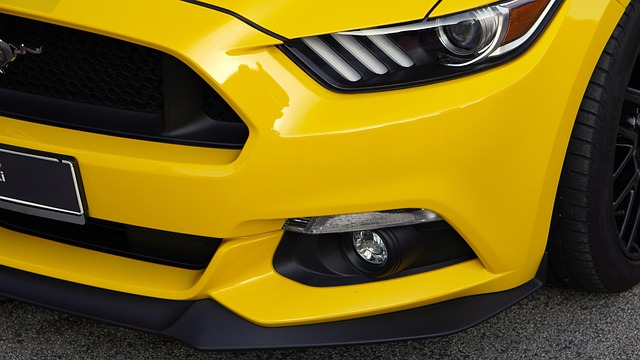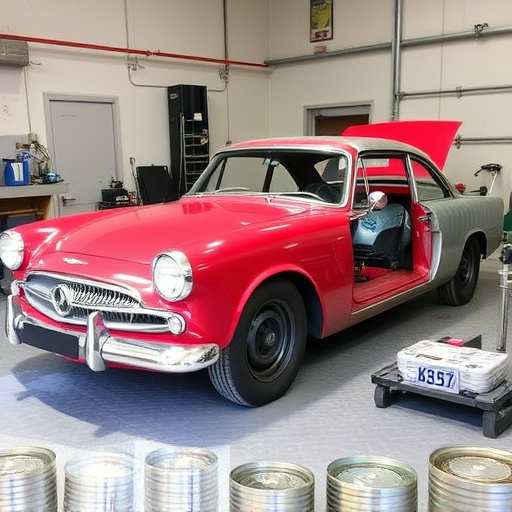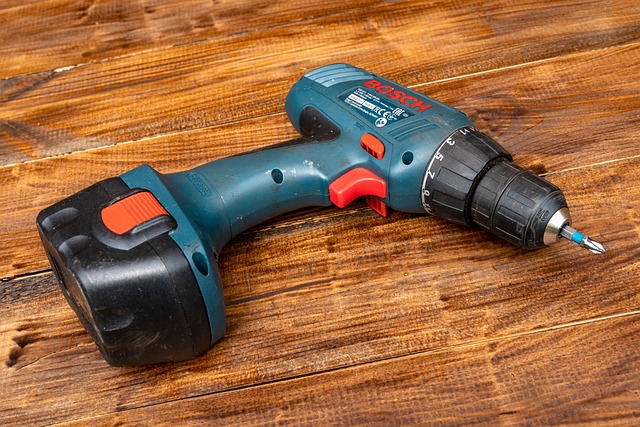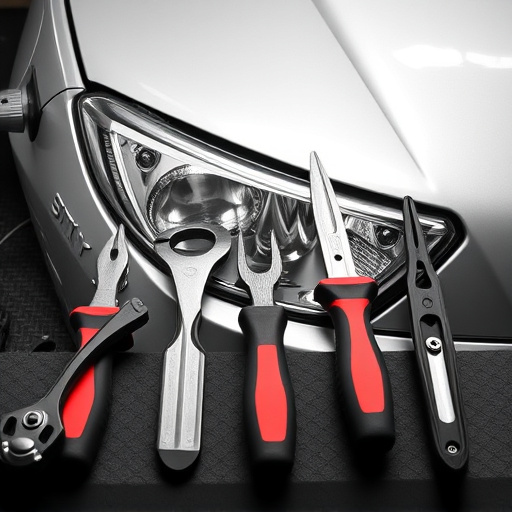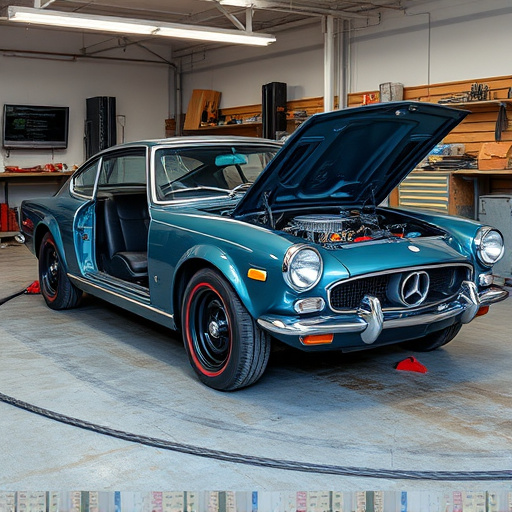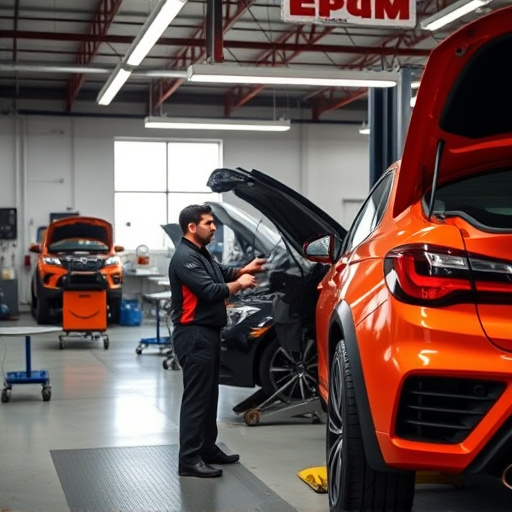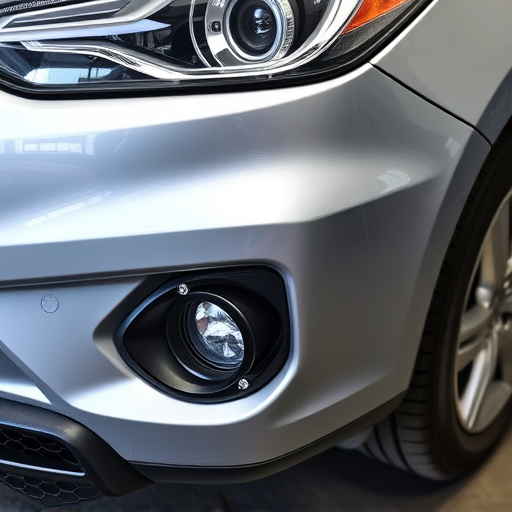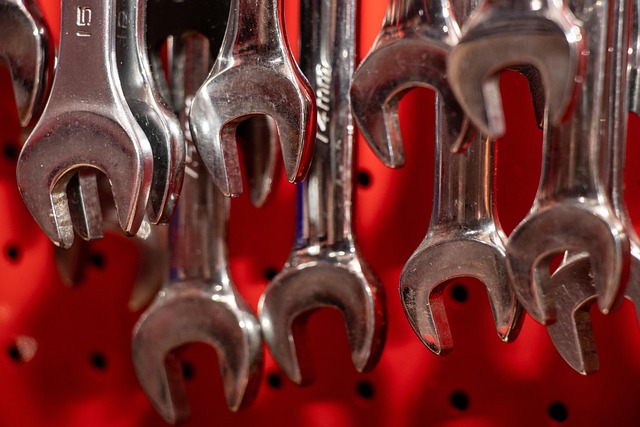Quarter panel replacement is a critical and meticulous process for auto body shops, involving careful assessment, skilled demounting/replacement of damaged panels, advanced alignment, rigorous quality control, and high-quality materials. Maintaining strict standards throughout, including standardized training and regular inspections, ensures flawless aesthetic and structural repairs, enhancing customer satisfaction and vehicle safety.
In the auto body repair industry, proficient quarter panel replacement is a cornerstone of quality craftsmanship. This essential procedure not only restores structural integrity but also significantly impacts a vehicle’s aesthetics. This article delves into the intricacies of quarter panel replacement, detailing the step-by-step process and its paramount importance in automotive restoration. We explore rigorous quality control measures that ensure precision and durability. Furthermore, we provide best practices for auto body shops to excel in this critical aspect, consistently delivering top-tier panel replacements that meet customer expectations.
- Understanding Quarter Panel Replacement: The Process and Its Importance
- Quality Control Measures for Ensuring Top-Notch Panel Replacements
- Best Practices for Auto Body Shops to Maintain Consistency and Customer Satisfaction
Understanding Quarter Panel Replacement: The Process and Its Importance
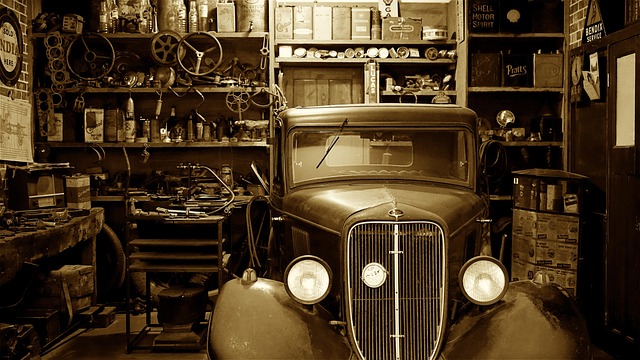
Quarter panel replacement is a critical process within auto body shops, involving the careful removal and installation of a vehicle’s rear or side panels. This procedure is essential for restoring structural integrity and aesthetic appeal after damage, such as dents, crashes, or rust. The process begins with accurate assessment, where technicians identify the extent of repair needed. This includes inspecting the quarter panel itself, as well as adjacent components like auto glass repair, fender repair, and auto body painting to ensure a seamless finish.
During replacement, skilled mechanics use specialized tools to demount and remove the damaged quarter panel, taking care not to disturb surrounding panels or other parts. Once the old quarter panel is replaced with a new one—often sourced from manufacturers or reputable suppliers—it undergoes rigorous quality control measures. This includes checks for proper alignment, fit, and finish, ensuring it matches the vehicle’s original specifications and maintains structural soundness. Quality control is paramount to prevent future issues like misaligned panels, water ingress, or weak spots in the car’s body structure, which can compromise safety and the longevity of the repair.
Quality Control Measures for Ensuring Top-Notch Panel Replacements

In the realm of auto bodywork, meticulous quarter panel replacement is a cornerstone of quality vehicle body repair. To ensure top-notch results, auto body shops must implement robust quality control measures throughout the process. This begins with sourcing high-quality, original or certified-used panels from reputable suppliers, ensuring they fit seamlessly and accurately reproduce the vehicle’s original design.
Rigorous inspection protocols are paramount to catching any defects before installation. This includes checking for warpage, rust, cracks, and paint imperfections using specialized tools and expert knowledge. Advanced techniques like water testing and ultraviolet light scanning can further reveal hidden issues in vehicle paint repair. Once panels pass inspection, skilled technicians employ precise alignment methods, utilizing advanced equipment to guarantee a flawless fit during the quarter panel replacement process, ultimately enhancing the overall aesthetics and structural integrity of the auto bodywork.
Best Practices for Auto Body Shops to Maintain Consistency and Customer Satisfaction
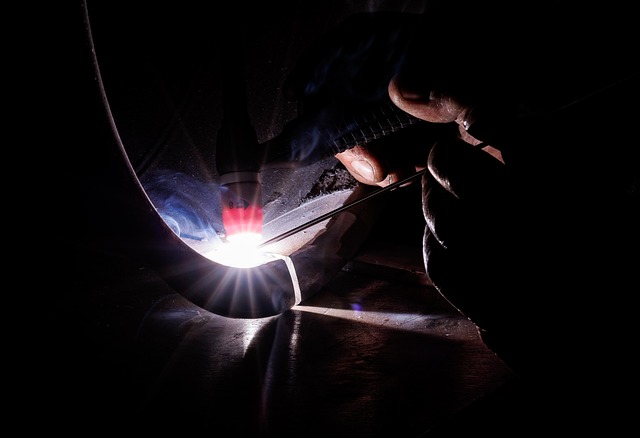
Maintaining high standards throughout every step of a quarter panel replacement is paramount for auto body shops aiming to deliver consistent quality and customer satisfaction in car repair services. A structured approach, beginning with meticulous preparation and ending with rigorous final inspection, ensures optimal results. This includes accurately matching the new panel to the existing vehicle’s make, model, and year—a critical aspect of automotive collision repair.
Implementing standardized procedures for training staff on proper quarter panel replacement techniques and utilizing high-quality materials exclusively can greatly impact the final product. Regular quality control checks at each stage of the repair process enable auto body shops to address any issues promptly, fostering a culture of excellence in vehicle body repair that leaves customers satisfied and safely back on the road.
In conclusion, a successful quarter panel replacement involves a meticulous understanding of the process, adherence to quality control measures, and best practices within auto body shops. By prioritizing these aspects, professionals can ensure top-notch results, maintain consistency in their work, and ultimately achieve customer satisfaction. This comprehensive approach not only ensures the structural integrity of vehicles but also fosters trust and loyalty among clients.

